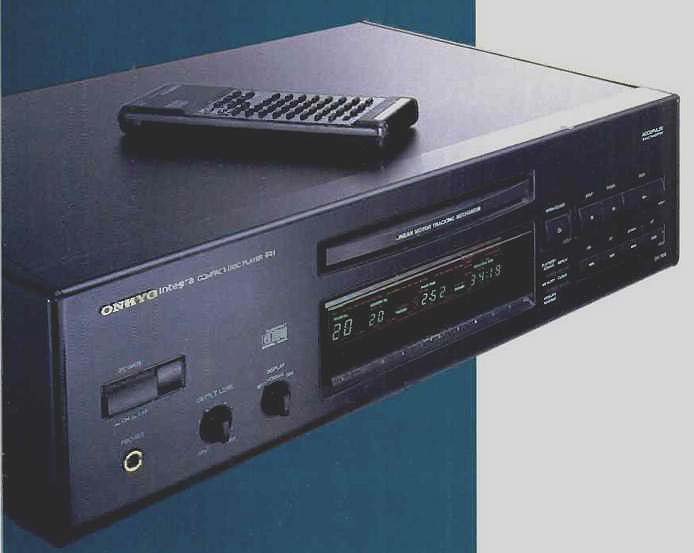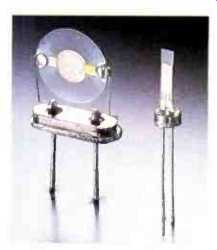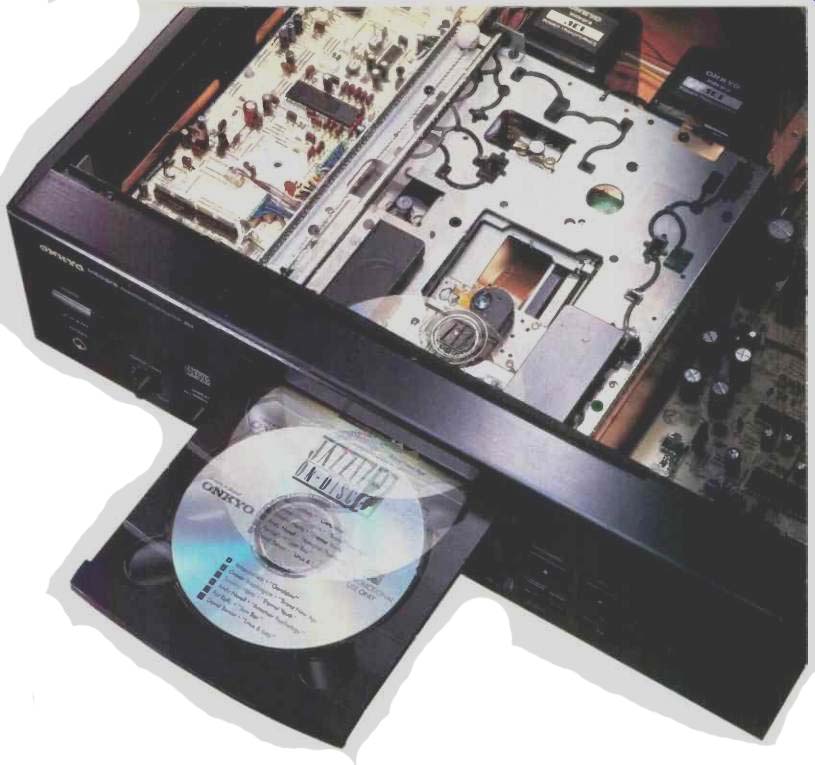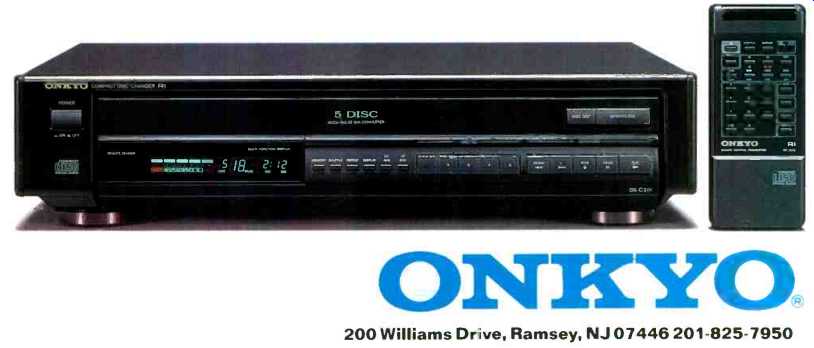What good is Single Bit if you miss a single note?

Today, more and more CD Player manufacturers are making Single Bit the digital format of choice. Gone are the low level linearity problems that plagued multi-bit players which resulted in a loss of musical detail during quieter passages. Gone is the harshness that came from improper bit calibration or the shifting of calibration through time and use.
In their haste to rally around this newer, simpler technology however, many manufacturers have overlooked certain sonic characteristics of Single Bit. After all, what good i. it if every single note isn't perfect?
The first is a phenomenon called CD Jitter.
Because of the incredible speed at which a Single Bit D/A Converter has to work, timing errors may occur. In audible terms, these errors manifest themselves as distortion that you hear as muddiness in the bass and lack of clarity in the midrange at high volume levels.

------- The smaller, bar-shaped Onkyo AccuPulse Quartz oscillator shown
at right prevents timing error vibrations far more effectively than the conventional
oscillator at left.
Onkyo resolves this via our proprietary AccuPulse Quartz System. It uses a special quartz oscillator clocking mechanism that maintains rock solid stability throughout the digital-to-analog conversion process. The result is a degree of sonic realism you'll notice from the instant the disc begins playing.
All Single-Bit systems must also incorporate some sort of Noise Shaping to remove unwanted switching noise inherent in the high speed D/A conversion. Other companies reduce this noise on a continuous slope from the high to low frequencies, in the belief the music will mask the noise in those areas it might be audible. Onkyo's Zero Shift Noise Shaper technology takes a different approach by completely eliminating noise in the middle of the frequency range where the most critical and complex musical information is contained.

Finally, the process by which Single Bit works, called Pulse Width Modulation, can allow small amounts of distortion to creep into the analog output signal. Again, most manufacturers are willing to let this pass, confident it will be obscured by the music. Onkyo's dedication to high fidelity won't allow us to take this chance. Through a phase inversion process we call our Complementary Distortion Canceler, any chance of distortion reaching the output signal is removed.
Buying a Single Bit CD Player shouldn't require a degree in engineering, just a few questions to insure the player is giving you the best single bit performance possible. You'll find that the answer will be Onkyo.

Onkyo
200 Williams Drive, Ramsey, NJ 07446 201-825-7950
(Source: Audio magazine, Jan. 1992)
Also see:
Onkyo Acculinear 18-bit CD player (Nov. 1988)
Onkyo DX-300 Compact Disc Player (Sept. 1984)
Revox B226 CD player (Apr. 1987)
Onkyo--Artistry Sound (Apr. 1991)
= = = =